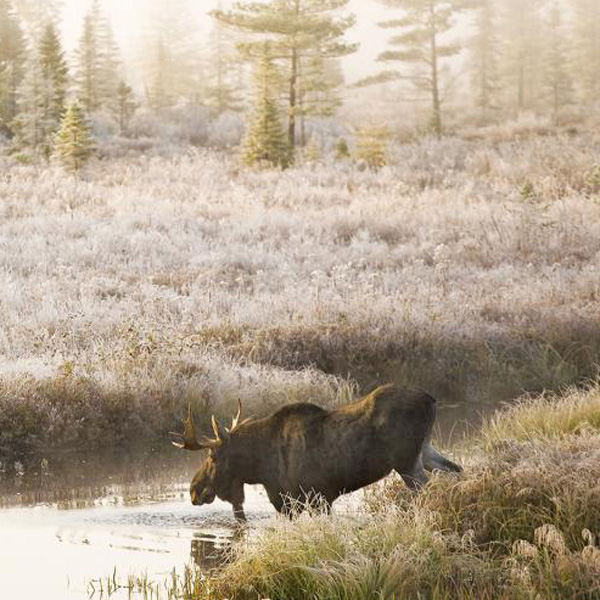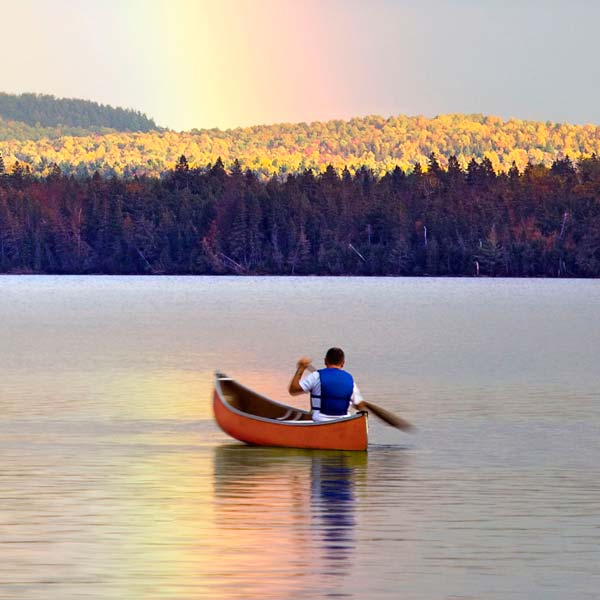We use cookies to help you navigate efficiently and perform certain functions. You will find detailed information about all cookies under each consent category below.
The cookies that are categorized as "Necessary" are stored on your browser as they are essential for enabling the basic functionalities of the site....
Necessary cookies are required to enable the basic features of this site, such as providing secure log-in or adjusting your consent preferences. These cookies do not store any personally identifiable data.
Functional cookies help perform certain functionalities like sharing the content of the website on social media platforms, collecting feedback, and other third-party features.
Analytical cookies are used to understand how visitors interact with the website. These cookies help provide information on metrics such as the number of visitors, bounce rate, traffic source, etc.
Performance cookies are used to understand and analyze the key performance indexes of the website which helps in delivering a better user experience for the visitors.
Advertisement cookies are used to provide visitors with customized advertisements based on the pages you visited previously and to analyze the effectiveness of the ad campaigns.

Algonquin Park offers a myriad choices; casual walks, long hikes, bike riding, canoeing, spectacular views and abundant wildlife yet best of all… a vast wilderness to feel at home in.

Algonquin Park
was established in
1893 to provide a wildlife
sanctuary and protect the headwaters
of five major rivers which flow from the
Park. From ancient times, small family
groups of indigenous peoples roamed
to fish, hunt and pick berries. It was
‘discovered’, first by adventurous
fishermen and loggers then by
Tom Thomson and The Group
of Seven artists.
The first provincial park in Ontario, Algonquin protects natural, cultural, and recreational assets. Biologically diverse with more than 1,000 vascular plant species and more than 200 vertebrates breeding within its boundaries. The Park contains numerous historical and archaeological resources, has inspired more than 40 books, 1,800 scientific papers, a dozen films, a symphony, and the art of the Group of Seven among many others.